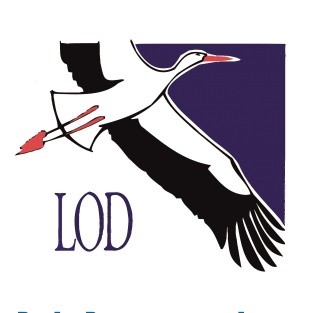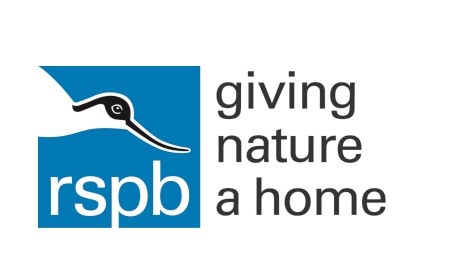Untangling the net: tackling bird bycatch in Baltic gillnet fisheries

Situation and background
An estimated 400,000 seabirds are killed by gillnet fisheries worldwide each year; with approximately 76,000 thought to be killed in Baltic gillnet fisheries alone. This toll includes the capture of globally threatened species, including the Velvet Scoter and the Long-tailed Duck. Research indicates that bycatch forms a substantial issue in Lithuanian coastal waters and the Curonian Lagoon, where universally important wintering sea ducks, loons and grebes often overlap with gillnet fishing operations. According to a recent review, diving seabirds are unable to perceive the fine nylon mesh of gillnets since these are essentially invisible under water. Alerting birds to the presence of nets, and further ‘scaring’ them from coming too close, are likely to be the key measures implemented in preventing entanglements, and ultimately, drowning.
Whilst the problem of gillnet bycatch is not new, very little research has focused on developing technological solutions in order to more efficiently manage this issue. Currently, the only way to stop gillnet bycatch is through imposing fisheries closures.
This project therefore aims at developing a technical mitigation measure that reduces seabird bycatch in gillnets whilst also minimising the economic impacts on fishermen, along with improving fisheries management in Lithuanian waters. To date, we have assembled a team of experts to tackle the problem, including bycatch mitigation gear technicians, the local fishing industry, bird vision experts, conservationists and policy specialists. With the help of this expertise and building on an existing collaboration with Lithuanian gillnet fishers, our project will test a prototype mitigation measure on active vessels. The team of experts alongside active collaboration with fishermen and decision makers provides hope of tackling this important issue effectively by developing an effective, practical and acceptable mitigation strategy that would be implementable at a broad scale.
Project activities and effects
Project Goal:
- to benefit threatened Baltic sea ducks, with the main target groups being gillnet fishermen in both Lithuania and Russia and fisheries managers seeking to reduce seabird bycatch in gillnets (particularly within Lithuanian waters, but with high relevance to gillnet fisheries with seabird bycatch issues across the Baltic Sea region and globally)
Objectives:
- To develop a technical mitigation measure, which will be tested on Lithuanian Baltic Sea gillnet vessels
- To assess the scale of the bycatch problem across the Curonian Lagoon for the first time ever
- To strengthen bycatch mitigation measures in the Lithuanian (and the wider Baltic Sea region) fisheries management
Activities:
- Collaboration with sensory ecologists and fisheries technicians to develop an experimental mitigation measure to be attached to gillnets. The first technical meeting of this group has already been held and we are developing a new, gillnet-specific, aversive light to test on nets
- Trial of mitigation measures in Lithuania by comparing bycatch and target catch in nets with mitigation measures attached to standard (control) nets. Data collection will be conducted through a mixture of on-board observers and self-reported data from active gillnet fishers. Statistical analysis will be carried out to assess the efficacy of the measures tested
- Collect data on bird bycatch in the Curonian Lagoon in Lithuania and Russia, again through a mixture of on-board observers and self-reporting. Use available effort data to generate an overall estimate of bycatch in the Lagoon for the very first time
- Increase awareness of Lithuanian decision makers about the bycatch issue within inshore waters and advocate the strengthening of fisheries management through communication work, meetings, workshops and technical advice
Beneficiary
BirdLife International
Partners
- Lithuanian Ornithological Society
- Royal Society for the Protection of Birds
Project region
Lithuania (Curonian Lagoon)
Project duration
2017-07-01 – 2021-05-31
Budget
total project budget: €327,735
funding BaltCF: € 256,289


